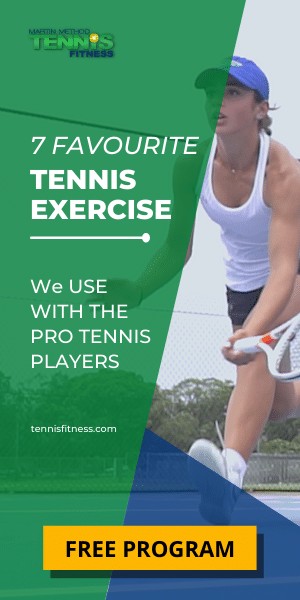Lessons From A Tennis Pro
Jan 01, 2016
What can you learn from Lleyton Hewitt, who will play a record-breaking 20th and final Australian Open this summer?
Lleyton Hewitt is the ultimate professional when it comes to tennis training. A professional athlete needs the following categories to be considered the "whole package” – great physical attributes, punctuality, strong organisational skills, focus, intensity and commitment.
Having worked with Lleyton for the past 10 years, he scores close to 10 out of 10 for all of them. He is never late, always has everything he needs, knows what he is doing and is determined to get it done. He always has an extremely high level of intensity and can back it up day after day.
Lleyton attacks his pre-season with the enthusiasm of a 20-year-old year after year. As a tennis fitness trainer, you can’t ask for more. A typical pre-season tennis training block for Lleyton runs for 10 to 12 weeks, training between three and five hours a day. During the initial transition phase, his focus is cross-training, running, and swimming before moving to interval cardio training, boxing, tennis strength and tennis agility training. The focus in the final weeks is tennis-specific strength, foot speed, and power.

Tennis Workouts
Lleyton hits for between two and four hours a day in a training block, rests, then completes a two-hour tennis fitness session. These are grueling days but Lleyton’s intensity day in and day out is unparalleled. Most people start strong but over the course of a week, their level drops.
Keeping training for tennis varied is important. For an athlete like Lleyton who has been on tour for a long time, getting away from hitting and the patterns of tennis is always welcome. Over the past decade,
Lleyton’s tennis training has included swimming, running, boxing, golf and basketball.
These various disciplines have challenged his co-ordination, reflexes, agility, endurance, and strength. Weight training is also important, as it strengthens the body and is ideal for functional movement training, with a focus on the rotational patterns that are heavily used in tennis.
Early in our partnership, we did a 100-meter sprint test. Lleyton did well but knew he could do better. After 10 solid weeks of tennis fitness training, we did a re-test. Lleyton was so amped to smash his original time. He flew through the sprint, but to my horror, the stop button didn’t work. When Lleyton asked ‘how did I do?’ – I had to confess it hadn’t worked. Rather than be disappointed, he turned around walked past me, and said, ok let's do it again.
This time the stop clock worked and he easily beat his time. Giving up was always the furthest thing from his mind.

Lleyton’s philosophy is “find a way to get it done” and that’s what he always does. It’s been a pleasure working with him. I have learned so much from him and from a trainer’s perspective, he will be hard to match.
LEARN FROM THE LEGEND
We can’t promise you Grand Slam titles or the world No.1 ranking – but we can assure you that tips from Lleyton Hewitt’s tennis training will help improve your game.
- TRAIN WITH PURPOSE: whatever you do, do it! The more you put in, the greater the reward.
- QUALITY OVER QUANTITY: Hitting ball after ball will only get you so far. Applying a more ‘quality’ focus in hitting sessions enables you to hit and play with more focus and intensity.
- DON’T DO THE SAME THINGS ALL THE TIME: The body and the mind are highly adaptable. Mix up what you do, who you hit with, and where you do it.
- FOLLOW AN OFF-COURT TENNIS TRAINING PLAN: Adding in some simple off-court training for tennis routines boosts performance and allows you to focus on areas of weakness.
- FIND A WAY: If you want it enough, you will find a way to get it. Learn, practice, adapt, and improve.
MOST COMMON TENNIS TRAINING MISTAKES
- Doing the same things and expecting things to be different.
- Lack of preparation, including recovery and off-court training.
- Tennis training under the physical threshold. It is important to push yourself to the limit a few times a week. Knowing your physical limitations is one of the most powerful and confidence-building things you can do.
- Not mixing training up enough. Playing other sports helps develop skills that cross over and is also an important release from tennis.
We hope this information helps you understand what you can achieve if you are willing to work hard for it.
Good luck
If you want to get more out of yourself and improve your tennis fitness check out our online programs here – http://www.memberstennisfitness.com


